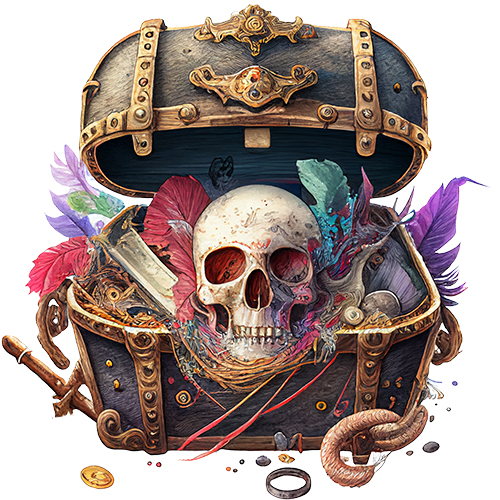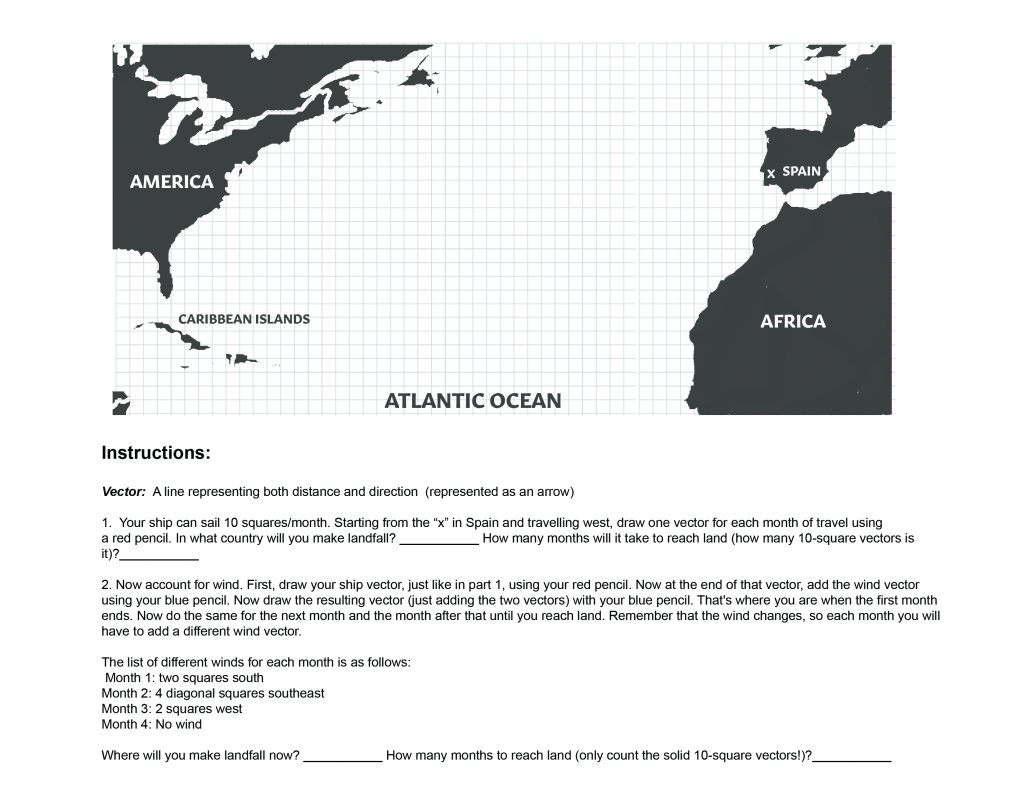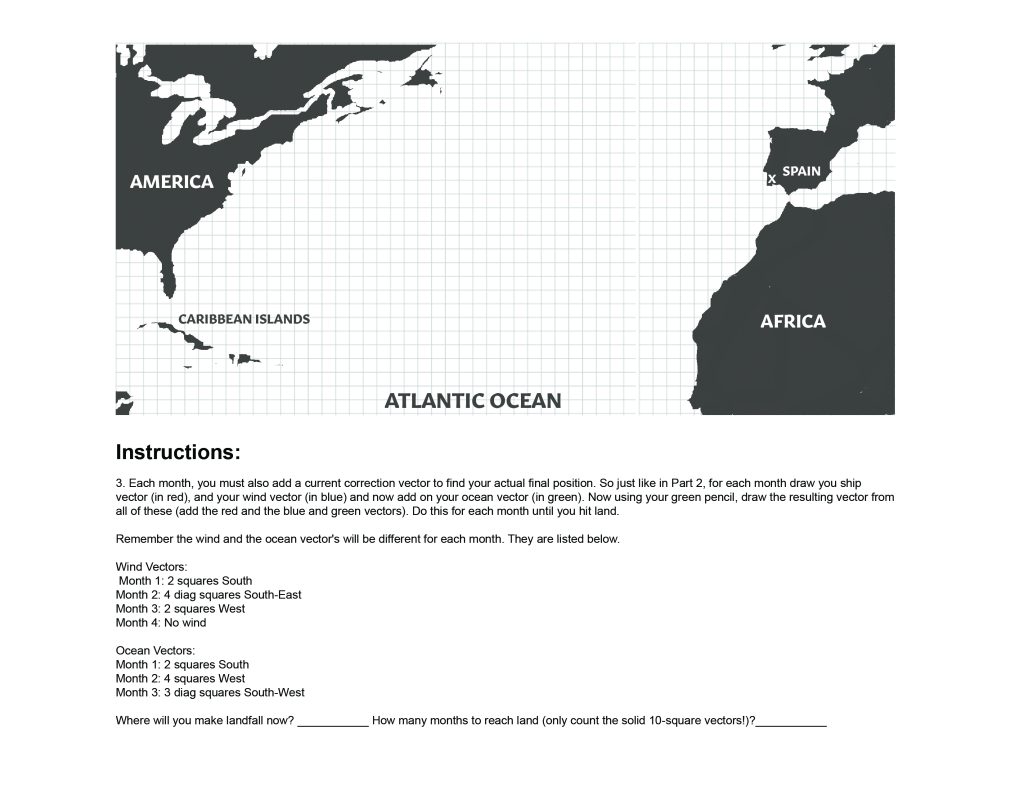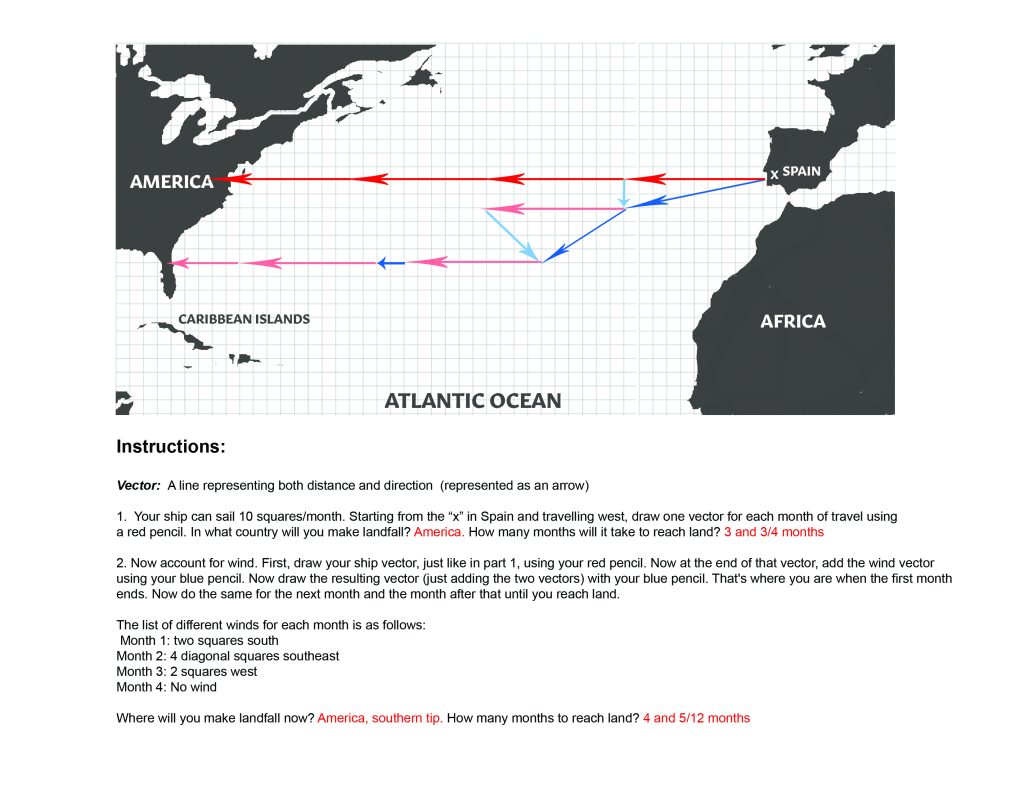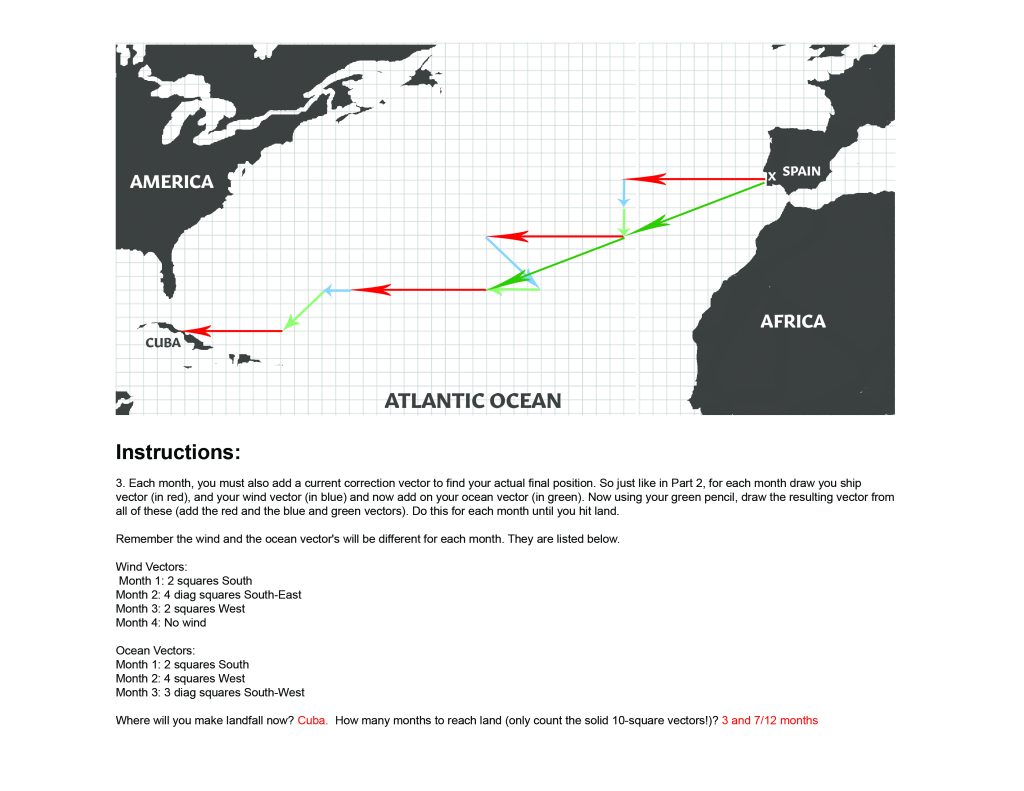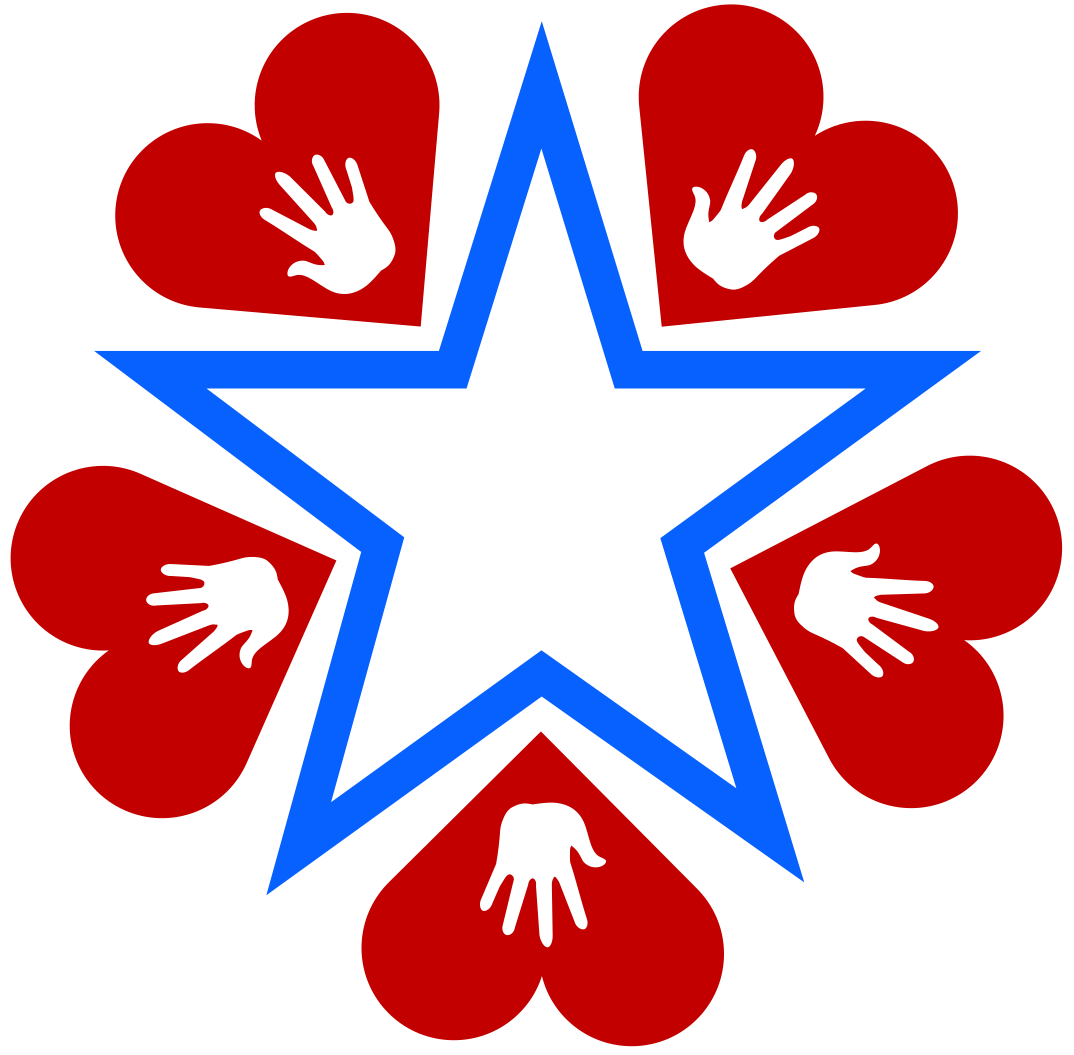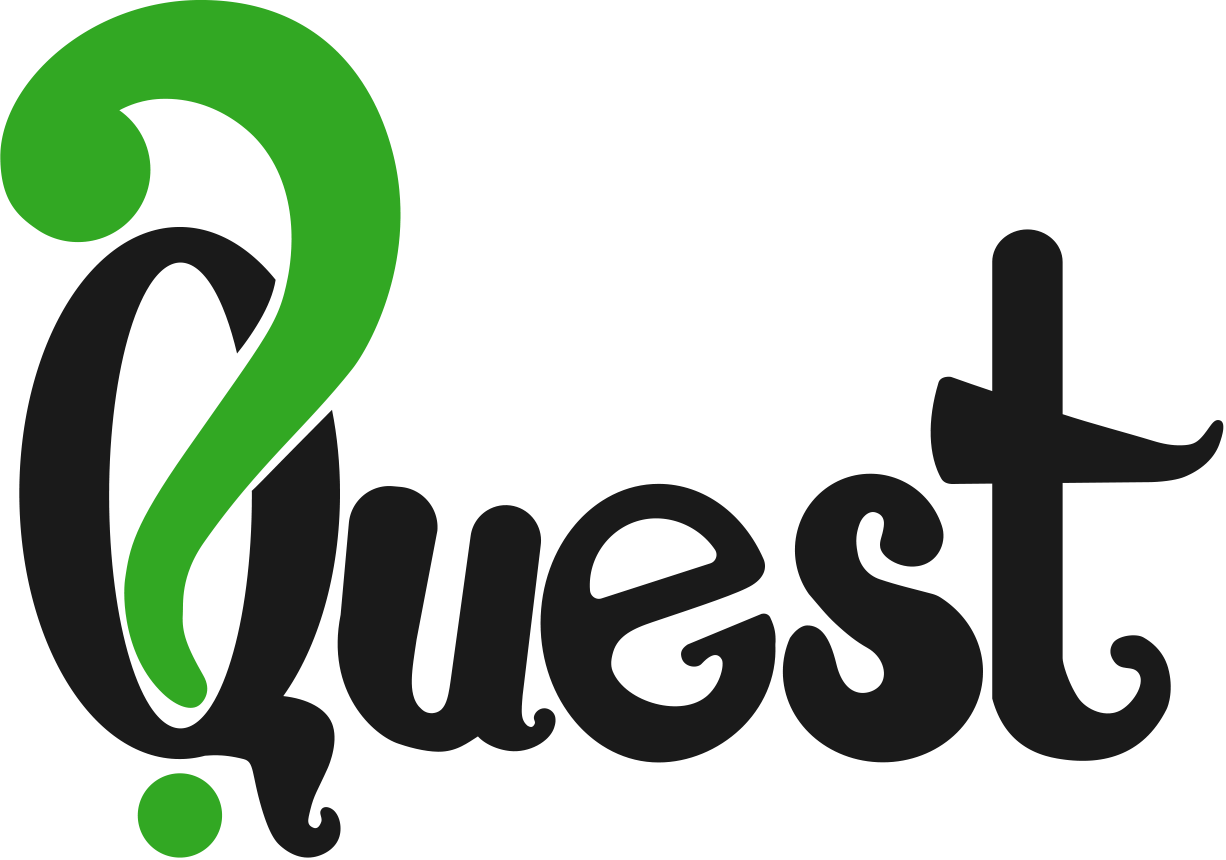Ahoy mateys! In this unit study, we will be diving into the exciting world of pirates. We’ll explore the history of piracy, the science behind navigating the high seas, the geography of pirate hotspots, and even the math involved in dividing treasure. So hoist the Jolly Roger and let’s set sail! If you are earning your Pirate badge, other badges you may wish to earn alongside include badges like Knots, Map Reading, Orienteering, or Historical Era Golden Age of Pirates.

What Is a Pirate?
When you think of pirates, you probably think of various movie depictions such as Jack Sparrow from Pirates of the Caribbean, Black Beard from Treasure Island, or even Captain Hook from Peter Pan. But what is a pirate exactly?
A pirate is a person who attacks and plunders any ship they come across without any legal authority or permission from any government. They are outlaws who act on their own and ignore all laws and regulations. Pirates often attack both merchant and military vessels, stealing not only what is on board, but frequently the ship itself as well.
The legal form of pirating is called being a privateer. Both pirates and privateers are essentially seafarers who attack and plunder other ships, but there is a key difference between the two. While pirates attack and plunder with no authority, a privateer is authorized by a government to attack and plunder enemy ships during times of war.
Privateers were essentially licensed pirates, who were given permission by a government to engage in acts of piracy against enemy ships. Privateers often had to follow specific rules and regulations, such as only attacking ships belonging to enemy nations and not harming civilians or neutral ships. In return for their services, privateers were usually allowed to keep a portion of their plunder, with the rest going to their sponsoring government.
To Do: Choose one or more famous pirates to learn about. A few examples, both male and female, include:
- Anne Bonny: An Irish pirate who sailed in the Caribbean during the 18th century and is famous for her fierce fighting spirit.
- William Kidd (Captain Kidd): A Scottish privateer who turned to piracy and was eventually hanged for his crimes in 1701.
- Calico Jack (John Rackham): An English pirate who operated in the Caribbean and is known for having two female pirates, Anne Bonny and Mary Read, on his crew.
- Henry Morgan: A Welsh pirate who became a successful privateer in the Caribbean and later served as the Lieutenant Governor of Jamaica.
- Bartholomew Roberts (Black Bart): A Welsh pirate who operated off the coast of West Africa and the Americas, and is said to have captured over 400 ships.
- Jean Lafitte: A French pirate who operated in the Gulf of Mexico and helped defend New Orleans during the War of 1812.
- Francis Drake: An English privateer who was knighted for his service to Queen Elizabeth I and is known for his circumnavigation of the globe and his attacks on Spanish ships.
- Ching Shih: A Chinese pirate queen who commanded a fleet of over 300 ships and was one of the most successful pirates of all time.
- Henry Every (Long Ben): An English pirate who operated in the Indian Ocean and is said to have captured the richest ship in history, the Ganj-i-Sawai.
- Blackbeard (Edward Teach): Known for his fearsome appearance and his attacks on ships off the east coast of North America in the early 18th century.
Fulfills starred requirement #1
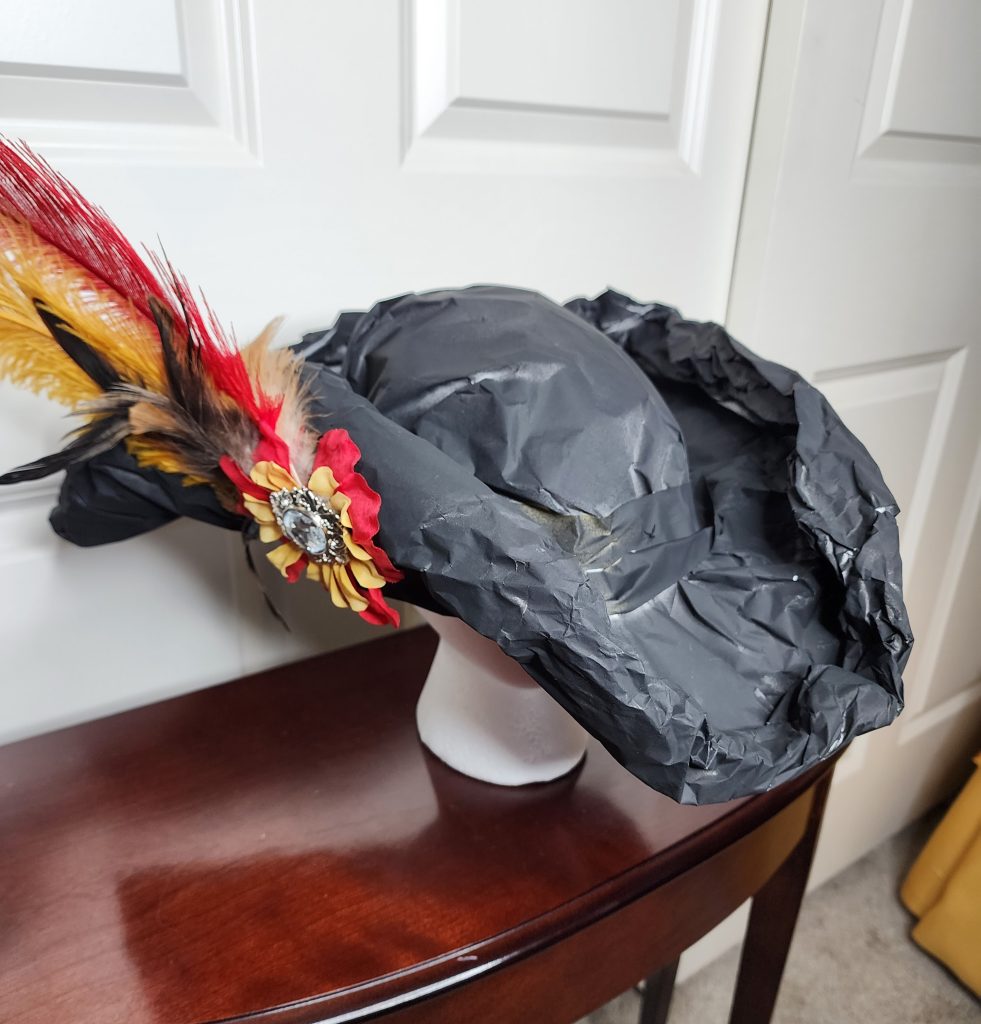
Make a Pirate Hat
Supplies:
- 3 double sheets of newspaper stacked, or a square of butcher paper roughly 24″x24″
- Black spraypaint
- Masking tape
- Feathers, flowers and other decorations
- Glue
Instructions:
Place paper centered on top of a person’s head. Fold the paper down over the head on all sides and hold in place using masking tape wrapped around the forhead to create the crown of the hat. Remove the hat and spread out the edges of the paper. Roll the edges until you have a hat shape that you like. Spray paint it black and let dry. Then decorate using feathers, flowers, gems or other decor.
For detailed pictures and instructions for the basic hat, visit CraftyTexasGirls.com.
For a simply origami style pirate hat instructions visit Wikihow.
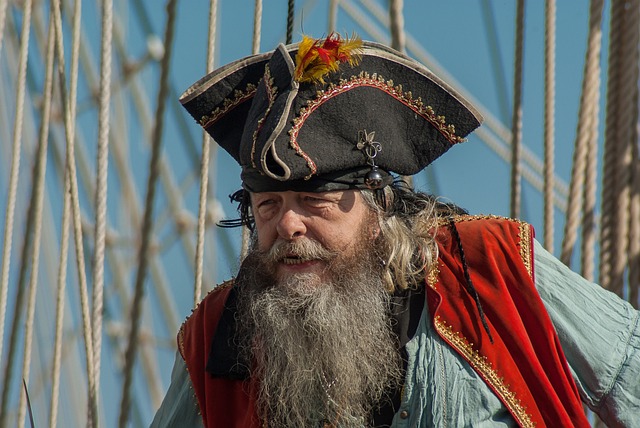
Talk Like a Pirate
Learning to talk like a pirate can be a fun and entertaining way to add some personality and humor to your communication style. Pirate speak involves using phrases like “ahoy matey” instead of hello, “avast” for stop, and “ye” and “yer” instead of you and your. It also involves incorporating pirate slang and terminology, such as “booty” for treasure, “landlubber” for someone who is not a sailor, and “scurvy dog” for an insult. While it may take some practice and familiarity with the language, learning to talk like a pirate can be a great way to bring some lightheartedness and fun to your conversations, especially during events like Talk Like a Pirate Day.
To Do: Learn to talk like a pirate. Find out what the following words and expressions mean (and where they came from if you can!) How many more can you find?
- Ahoy
- Avast
- Dead men tell no tales
- He’s gone to Davy Jones’s Locker
- Me hearties
- Shiver me timbers
- Aye
- Ye
- Walk the plank
- Deadlights
- Landlubber
- Scallywag
- Doubloons
- Grog
- Jolly Roger
Fulfills optional requirement #6
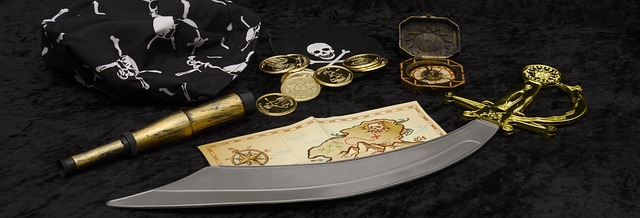
History of Pirates
Piracy has a long and colorful history that dates back centuries. In ancient times, pirates threatened the trading routes of ancient Greece and seized cargoes of grain and olive oil from Roman ships. The most far-reaching pirates in early medieval Europe were the Vikings, for whom piracy was an integral part of their culture. The Golden Age of Piracy (1650-1730) is a segment of time well known for when pirates roamed the Caribbean and terrorized merchant ships.
Many people think the days of pirates is long gone, but did you know we still have active pirates today? One of the most famous modern pirate attacks, which inspired the movie Captain Philips, was the 2009 hijacking of the American-crewed merchant ship Maersk Alabama. The ship was crossing the Indian Ocean when it was attacked by Somali pirates on a smaller speedboat.
To Do: Create a timeline of important pirate events including at least 2 from modern times and discuss why people become pirates.
Fulfills Level 3 requirement #2
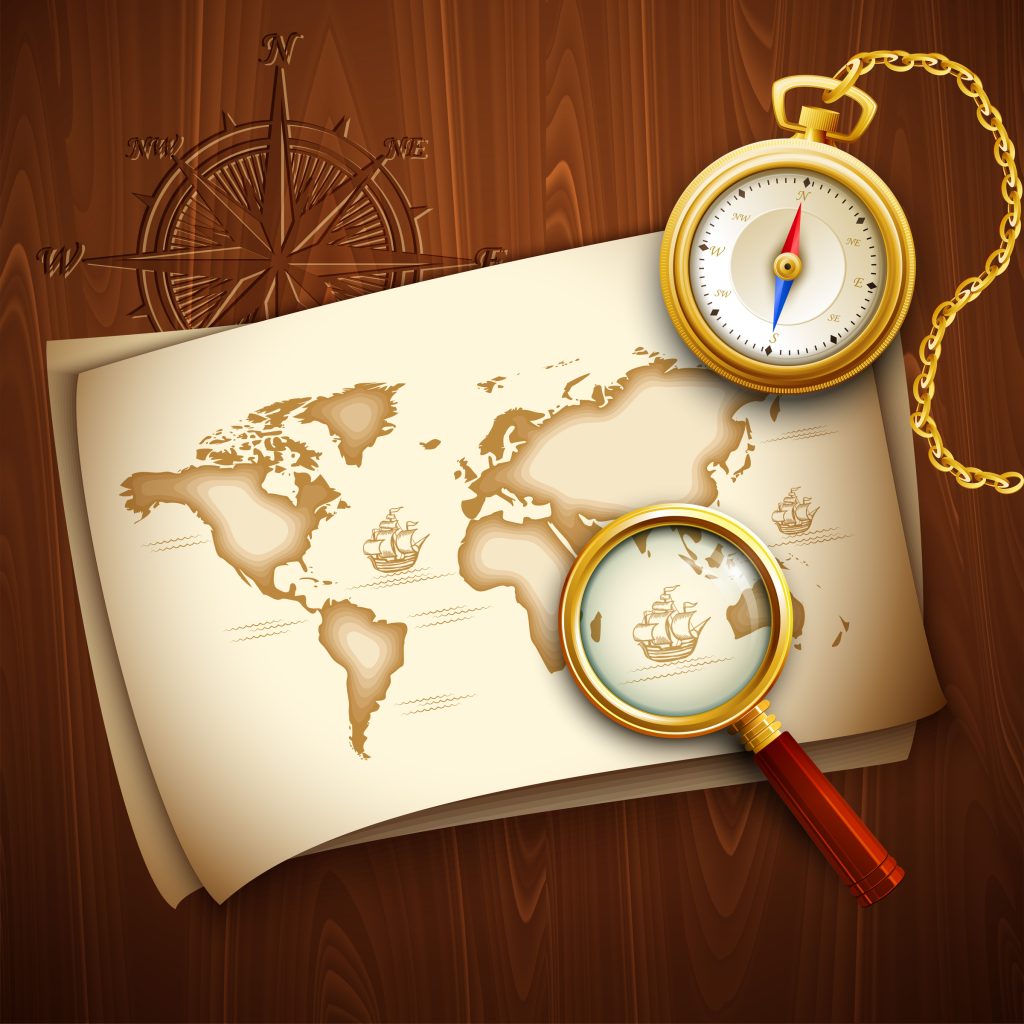
Pirate Hotspots
Piracy can occur anywhere in the world, but there are certain areas where it was concentrated in the past. The Caribbean, along the North American eastern seaboard, the West African coast, and the Indian Ocean were the most popular as these were ports along the most common trade routes.
The Caribbean is probably one of the most well known pirate hot spots. It was a popular location for pirates for several reasons. First and foremost, the region was a major hub of international trade during the 17th and 18th centuries, with Spanish treasure fleets and European merchant ships carrying valuable goods such as gold, silver, and spices passing through the area. This made it a prime target for pirates seeking to seize valuable loot.
The geography of the Caribbean also made it an attractive location for pirates. The region is composed of numerous islands and shallow waters, which provided plenty of hiding places and made it easier for pirates to evade naval patrols. The warm climate and abundance of resources, such as fresh water and food, also made it a convenient base of operations for pirates.
To Do: Using world map, identify well know pirate ports during the Golden Age of Piracy such as Tortuga, Port Royal, and the Barbary Coast. Compare and contrast modern-day pirate hotspots with historical ones. What do you notice? For a list of pirate ports visit WorldHistory.org.
Fulfills Level 4 requirement #2 and Level 2 requirement #2
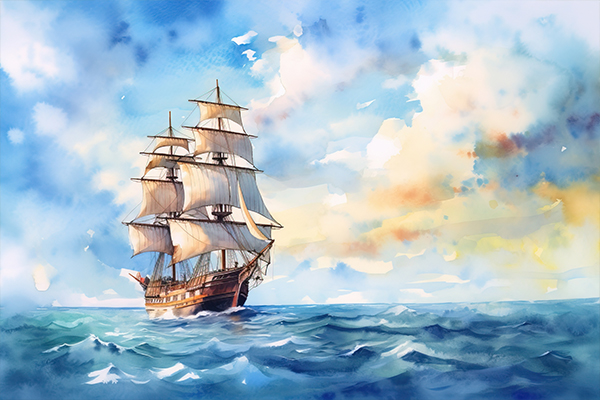
Navigating the Oceans
Sailing the seas as a pirate requires knowledge of science, especially navigation. The most common method of navigating the seas prior to technology was a system called Dead Reckoning. This system uses a starting location and tracks speed and distance in a particular direction to mark the next point. To use dead reckoning, the navigator needs to know the initial position, their current speed, and their current heading. They can then calculate their estimated position by adding the distance traveled to the initial position and adjusting for any changes in direction.
To Do: Discuss the importance of weather and current patterns and how pirates used them to their advantage. Then use the worksheets below to navigate from Spain to America.
The Pirate Code
The pirate code, commonly called the “Articles of Agreement”, was a document that outlined the rules of each ship including things like how all plunder would be divided, compensation for injuries, and the forms of punishment for disobedient crew members.
Below are some examples of pirate articles taken from the 1724 book A General History of Pirates by By Captain Charles Johnson. While reworded to make them a bit more understandable, you can read the original text and entire book on the Gutenberg press for free.
- Every man gets a vote and equal provisions
- If anyone steals from the company they will be marooned. (This was a barbarous custom of putting the offender on shore, on some desolate or uninhabited cape or island, with a gun, a few shot, a bottle of water, and a bottle of powder, to subsist with, or starve.) If anyone steals from another pirate on board, “They contented themselves with slitting the ears and nose of him that was guilty, and set him on shore, not in an uninhabited place, but somewhere, where he was sure to encounter hardships.”
- No person may play dice or cards for money.
- Lights out at eight o’clock.
- Keep all pistols and cutlasses clean and fit for service.
- Deserting your ship or their quarter during battle resulted in death or marooning.
- No fighting on board. If you have an argument it is solved by duel on land.
- The Captain and Quarter-Master receive two shares of a prize; the Master, Boatswain, and Gunner, one share and a half, and other Officers, one and a Quarter.
To Do: Discuss the articles above. Why do you think they were important for maintaining discipline on board? Make a list of rules you would put in place in you were a pirate captain and explain why each would be necessary. You can print out the image below to write your articles on and post them for all to see. Just click on the image.
Dividing the Loot
Pirate shares refer to a system of distribution of booty among pirates that is often depicted in popular culture. In this system, the loot seized by a pirate crew is divided into shares, with each crew member receiving a portion of the total. However, the exact method of distribution can vary among pirate crews.
Typically, the captain of the pirate ship would receive a larger share than the other crew members, often two or three shares, to compensate for their leadership and decision-making responsibilities. The rest of the crew members would then receive one share each, with some variations depending on rank and seniority. Typically the captain would get one share, the
In addition to the shares for crew members, a portion of the loot was usually also set aside for the maintenance and repair of the ship, as well as for the purchase of supplies and provisions.
To Do: Divide the Plunder
This activity is best for Level 3 and up participants due to the math involved. Calculate the amount each crew member would receive from the plundered prize.
Article of Agreement
Captain and Quartermaster each receive two shares in a prize. Sailing Master, Boatswain, and Gunner receive one-and-one-half shares. Sailors, one share. If one lost a limb or became a cripple in the common service, one received an additional share share.
The Crew
Captain, Quartermaster, Sailing Master, Boatswain, Gunner, seventeen sailors, and two additional officers. – No one was maimed during the capture.
The Prize
- Three chests of jewels (each chest contains 17 jewels; each jewel is worth $250.00)
- Nine silver bars (each bar weighs three pounds and silver is worth $80.00 per ounce.)
- Thirteen bags of gold dust (each bag weighs two pounds; gold dust is worth $190.00 per ounce)
- A variety of gold and silver coins worth $5,726
Click here for the answer key.

Other Pirate Ideas:
- Create a pirate flag that represents your and explain what your symbols mean. For inspiration, learn about the flags of some famous pirates on the flag importer website.
- Write a journal entry as a pirate describing a typical day at sea.
- Make a compass and demonstrate how it works. Instructions can be found on the National Parks Service website.
- Plan a route using longitude and latitude coordinates
- Create a pirate treasure map with a key and symbols
- Construct a miniature pirate ship out of cardboard boxes and other items like toothpicks or puzzle pieces.

